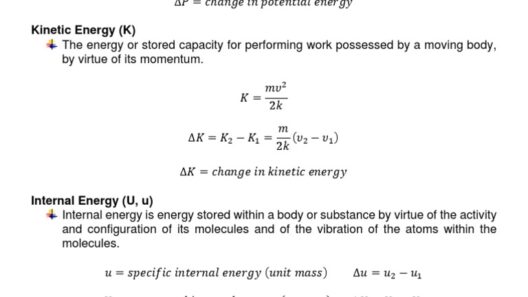Understanding the principles of physics can provide invaluable insights into the natural world, especially through tangible examples like the simple pendulum. The mechanics of a simple pendulum serve as an illustrative model for the conservation of energy, a fundamental concept in physics that posits energy cannot be created or destroyed, only transformed from one form to another. This analysis will delve into the workings of the pendulum and elucidate its depiction of energy conservation through various stages of its swing.
A simple pendulum consists of a mass, known as the bob, attached to a string or rod of negligible mass. The bob is set into motion, and its arc delineates a smooth, periodic oscillation. This motion is primarily driven by the forces of gravity and tension while exhibiting characteristics of both potential and kinetic energy. The conversion between these energy types occurs seamlessly throughout the pendulum’s journey, making it a classical physics model to examine energy transformations.
To comprehend energy conservation in the pendulum, it is vital to outline its two primary energy forms:
- Potential Energy (PE): This is the stored energy of an object due to its position. For the bob at its highest point, potential energy is maximized, while kinetic energy is at its nadir.
- Kinetic Energy (KE): This is the energy of motion. At the lowest point of the swing, kinetic energy is maximized, corresponding to the greatest speed of the bob.
As the pendulum swings, energy oscillates between these two forms. Initially, when the bob is lifted to one side, it possesses maximum potential energy because of its height above the lowest point. The amount of potential energy can be calculated using the formula:
PE = mgh
In this equation, m represents the mass of the bob, g is the acceleration due to gravity, and h is the height difference between the bob’s position and the lowest point of the swing. Once released, the bob falls under the influence of gravity. As it descends, this potential energy is transformed into kinetic energy, characterized by the bob’s increasing velocity.
When the bob reaches the lowest point in its trajectory, all potential energy has converted to kinetic energy, leading to maximum velocity. The formula for kinetic energy is expressed as:
KE = 1/2 mv²
At this juncture, while the bob’s height is minimal, its speed is at its zenith. The transformation of energy from potential to kinetic exemplifies the conservation of mechanical energy. The total mechanical energy in an ideal system without friction or air resistance remains constant. Thus, the sum of potential and kinetic energy at any position in its path is equal, reinforcing the principle of energy conservation:
PE_initial + KE_initial = PE_final + KE_final
As the pendulum begins to ascend on the opposite side, the kinetic energy is converted back into potential energy. The bob climbs, decelerating until it reaches the apex, where kinetic energy reaches its lowest point, and potential energy regains its maximum value. This cyclical motion continues, illustrating a rhythmic dance of energy transformation.
However, it is important to address the real-world implications of these idealized concepts. In practical applications, the presence of air resistance and friction at the pivot introduces energy loss, primarily converting mechanical energy into thermal energy due to friction. This transformation is an intrinsic characteristic of real systems, diverging from the ideal model of a simple pendulum. The oscillations, therefore, diminish in amplitude over time, and the pendulum will eventually come to rest unless external energy is applied. This aspect introduces an essential reality into the study of energy systems: the inexorable loss of energy through dissipative forces must be accounted for in any comprehensive analysis.
Moreover, the simple pendulum also serves as a remarkable segue into discussions surrounding larger environmental themes. In an age where climate change and energy inefficiency challenge global sustainability, understanding such foundational physics principles is crucial. The pendulum underscores a powerful message: energy cannot simply evaporate. Its transformation highlights the importance of harnessing and utilizing energy efficiently, much like we must do in our pursuit of renewable sources in the face of depleting fossil fuels.
One can find parallels in nature, where ecosystems resemble a pendulum in their energy transactions. For instance, photosynthesis in plants captures solar energy, transforming it into chemical energy, akin to the pendulum’s transformative abilities. This energy, subsequently transferred through trophic levels, emphasizes a complex interplay akin to the bob’s movements – energy is conserved, traded, and transmuted across the biological spectrum.
In summary, the simple pendulum serves as an elegant model elucidating conservation of energy, embodying fundamental physical laws through its cyclic motion. The interplay of kinetic and potential energy not only illustrates how energy is a constant in our universe but also resonates with pressing global considerations regarding efficiency and sustainability. Recognizing the lessons of the pendulum can inspire progress in harnessing energy wisely, a critical stride towards addressing climate change and fostering environmental stewardship. Through scientific inquiry and a commitment to energy conservation concepts embodied in systems like the simple pendulum, we can drive forward solutions for a more sustainable future.







